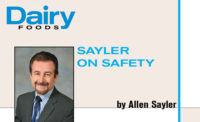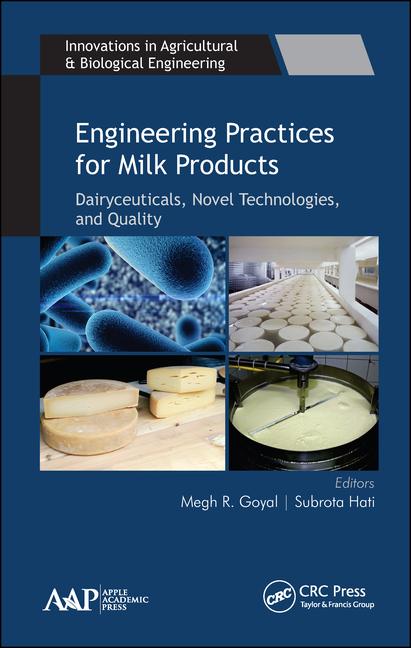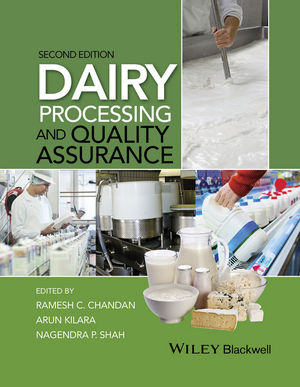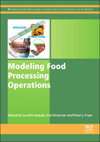
In my April 2010 column, “Who is the Weakest Link in the Food Chain?,” I made the point that suppliers could unintentionally defeat all the food safety and quality programs put in place by dairy plants.
A review of the first (and so far only) report from the Food and Drug Administration’s Reportable Food Registry showed that of the 1,844 entries (contaminated food events) for all food categories, 125 were “primary reports” while 1,638 were “subsequent reports” triggered by the primary event. This is detailed in the report, “A New Approach to Targeting Inspection Resources and Identifying Patterns of Adulteration: The Reportable Food Registry (RFR) - First Reporting Period: September 2009 – March 2010.”
While the dairy portion of the RFR report accounts for only 18% of the total, overall RFR numbers for all food sectors are likely similar for dairy products. The message hidden in these overall numbers is that the “subsequent reports” could mean a supplier has caused additional reporting by downstream food processors, distributors or retail companies after the primary report. Subsequent reports versus primary reports results in a factor of 13:1, which can be interpreted that a supplier’s failure drove 13 product withdrawal or recall notices by other downstream food companies.
FDA is promising new numbers for the rest of 2010 soon, but this 13:1 factor is not expected to change and may even grow.
What can be done to lower this 13:1 factor and ensure your suppliers make the grade and your plant does not become an RFR statistic? The answer is dependent upon, “What criteria do you use to qualify and select a supplier?”
The level of due diligence for supplier selection should be based on some of the following criteria:
• Supplier certification by one of the Global Foods Safety Initiative HACCP-based schemes such as SQF, BRC, IFS or FSSC22000. Non-GFSI-based supplier certification systems may also be acceptable.
• Supplier product qualification by recognized non-profit or governmental organizations, (in other words, a “Good Housekeeping Seal of Approval”). A good example for dairy plants is the purchase of processing equipment that is authorized to carry the 3-A Sanitary Standards Inc. (3-A SSI) symbol or purchasing equipment listed by USDA’s Dairy Program.
• Reliable history of product delivery based on testimonials from sister plants or professional colleagues working in the same food sector.
• Current, acceptable inspection or audit scores from properly trained FDA, state or local regulatory agencies. This is dependent upon the government auditor having food safety training and technical knowledge.
• A potential supplier’s product should not be listed in FDA’s recall database during the past three years. (This benchmark should not be used by itself, as sometimes supplier’s products listed in this database result from a supplier’s own internal food safety programs identifying a problem, which is a positive indicator.)
• Suppliers participating in dairy industry tradeshows like the International Dairy Show generally have a strong reputation.
• Annually sponsor a supplier training/evaluation workshop that communicates your expectations, provides opportunities for training of suppliers and creates an opportunity to evaluate potential new suppliers.
Ensure your suppliers make the grade by establishing effective supplier criteria. Convince senior management that there is a positive return on investment for dedicating resources to supplier evaluation, ongoing monitoring and periodic benchmarking. (Read my August 2010 column, “Reorganizing Food Safety & Quality Accounting - Key to Minimizing ‘Explosions’” for ideas.)








